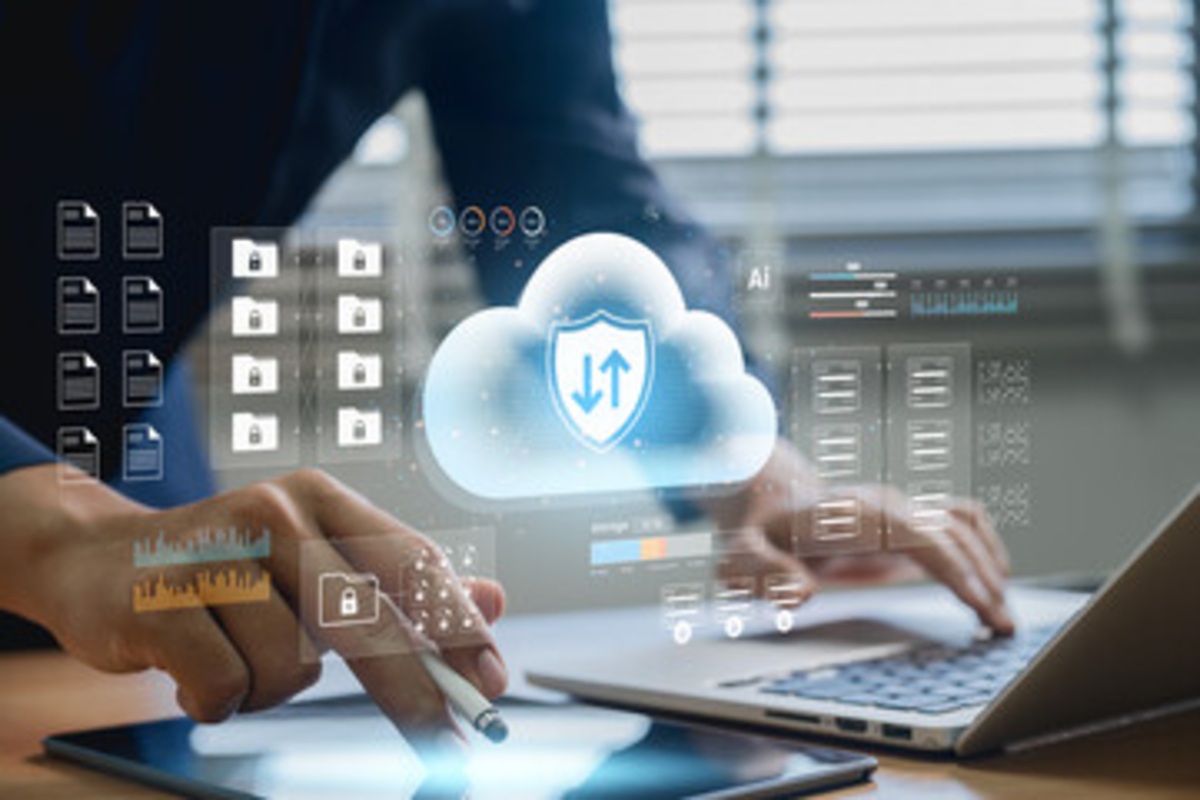Are you baffled by the constant barrage of acronyms and industry jargon that permeate the world of business technology? Here are some of the most common terms that business leaders would do well to familiarize themselves with:
Bring your own device (BYOD)
Many employees have grown accustomed to using their own smartphones and other devices for work, and beyond increasing convenience for staff, BYOD policies also save businesses money on hardware expenditures. However, it also introduces a raft of new security challenges, hence the need to control and regulate personal devices used for work.
Cloud computing
Cloud computing refers to any IT resource that’s hosted in one physical location and delivered to remote users over the internet. The three main categories are infrastructure-as-a-service (IaaS), platform-as-a-service (PaaS), and software-as-a-service (SaaS). The most common example is web-based email.
Data loss prevention (DLP)
Being the most valuable commodity on the planet, digital data is under the constant threat of cybercriminals. DLP refers to the tools and processes designed to protect sensitive information from theft, misuse, or accidental leakage. For example, Office 365 has built-in DLP tools that take advantage of machine learning and artificial intelligence.
Disaster recovery planning (DRP)
A disaster recovery plan is a document that outlines a predetermined and structured approach to recovering a business’s operations after an unforeseen incident, such as a natural disaster, human error, or data breach. DRP involves risk assessments, impact analyses, and recovery goals setting.
Encryption
If unencrypted data ends up in the wrong hands, the consequences can be disastrous. If the data is encrypted using an AES-256 algorithm, however, it will be unintelligible to anyone who doesn’t have the decryption key. All sensitive data should be encrypted.
Firewall
A firewall for computers and networks is the digital equivalent of the fire-proof walls in many public buildings. It keeps the bad stuff out. Firewalls sit between your network and the public internet to monitor all incoming and outgoing traffic and detect suspicious activity. However, they may struggle to stop malware or other threats if they originate and spread internally.
Hybrid cloud
The cloud isn’t suitable for every type of data or task, particularly highly specialized or sensitive undertakings. That’s why many companies adopt a hybrid cloud approach through a mix of on-premises and remotely hosted public and private computing resources.
Intrusion detection and prevention (IDS and IPS)
Intrusion detection and prevention systems work a bit like firewalls in that they keep bad things away from your network. However, rather than just block traffic using a predefined set of rules, they monitor activity against a constantly updated database and deny any network traffic that doesn’t match known malware but acts suspiciously.
Managed services provider (MSP)
Managed services have become enormously popular as internet connectivity gets better and businesses look for ways to reduce the high costs of having an in-house IT department. MSPs take care of some or all of your infrastructure for you. Support might be delivered remotely, on-site, or through a mixture of both, depending on your service tier.
Mobile device management (MDM)
Portable devices like laptops and smartphones must be remotely monitored and secured due to the greatly increased risk of loss or theft. MDM software lets administrators keep a close eye on the use of every mobile device used for work, remotely wiping them if needed.
Multifactor authentication (MFA)
Passwords have always been central to information security, but in the age of phishing attacks designed to steal such information, it’s essential to provide an additional verification layer, like a fingerprint scan or dynamic mobile authenticator.
Service level agreement (SLA)
When you partner with any technology provider, the SLA is the most important document you’ll ever sign. It defines the obligations of the provider, specifying key parameters like minimum service availability and maximum response times to customer support requests.
Voice over internet protocol (VoIP)
VoIP is the successor to landline telephony. It uses the same infrastructure as the internet to reduce or even eliminate call costs and provide additional features like video conferencing, automated assistants, and call recording and logging.
Complete Technology helps businesses in and around Kansas City get more out of technology with cutting-edge solutions and expertise. If you’re confused or overwhelmed by the complexities of business IT, give us a call today and shift the burden to us.







